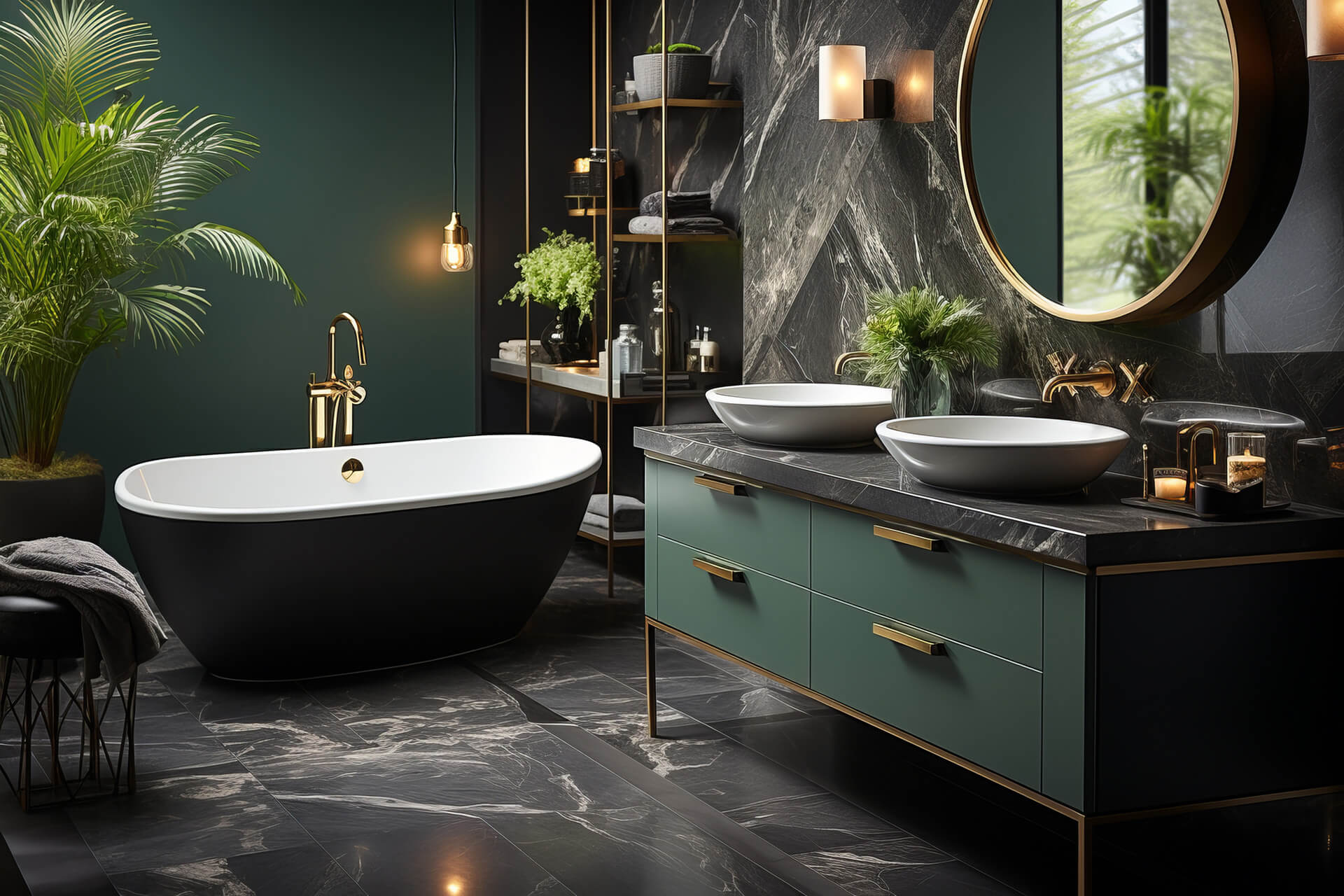
How to Make Your Bathroom More Accessible
Many homeowners experience difficulties with bathrooms that are not suitable for their needs, particularly when they are elderly or have disabilities or illnesses. Some common pain points they may encounter include:
- Limited mobility: Bathrooms with narrow doorways and tight spaces can make it difficult for individuals with mobility issues to maneuver.
- Slip and fall hazards: Slippery surfaces, lack of grab bars, and unsteady flooring can pose a significant risk to those with limited balance or strength.
- Inaccessible fixtures: Standard-height toilets, high-sided bathtubs, and hard-to-reach shelves can be challenging for individuals with physical limitations.
To address these pain points, homeowners can consider making their bathrooms more accessible.
Bathroom Renovation Updates for a Safer Experience
When it comes to improving safety in the bathroom, there are several key ways to make it more accessible, especially for those with limited mobility. One of the most important aspects is making bathing safer and more convenient. This can be achieved through the installation of walk-in showers, walk-in tubs, and tub-to-shower conversions.
Walk-in Showers
Walk-in showers are an excellent option as they eliminate the need to step over a high threshold, reducing the risk of slips and falls. These showers typically have a low barrier or are completely barrier-free, making them easily accessible for individuals with mobility issues.
Walk-in Tubs
Walk-in tubs are another great option, especially for those who still enjoy a relaxing soak. These tubs feature a door that allows for easy entry and exit without having to lift legs over a high wall. They also often include built-in seating and handrails for added safety.
Tub-to-Shower Conversions
Converting a traditional tub into a shower is also a practical way to improve safety, as it eliminates the need to step over the edge of the tub. This can be especially beneficial for those who have difficulty lifting their legs or maintaining balance.
Other Key Features of an Accessible Bathroom
Making your bathroom more accessible with a walk-in shower, walk-in tub, or tub-to-shower conversion is an important first step in creating a space that can be used safely and comfortably by people with varying mobility levels. Some other modifications you can make to further improve bathroom accessibility include:
- Widening Doorways and Room Spacing
- Using a Raised Toilet Seat
- Installing Non-Slip Flooring
- Adding an Accessible Sink and Vanity
- Installing an Adjustable Showerhead
- Implementing Lever-Style Faucets and Accessible Mirrors
- Adding Proper Bathroom Lighting
- Including Accessible Storage:
- Installing Ramps or Lifts (if applicable)
Before making any modifications, it’s advisable to consult with professionals who specialize in accessible design. You can also consult with occupational therapists who can provide personalized recommendations based on the specific needs of the individuals who will be using the bathroom.
Get Help from Bathroom Renovation Experts
If you need help designing a safer bathroom, begin researching local bathroom remodeling companies. While a DIY approach may seem tempting, a renovation to make a bathroom more accessible is a complex project that is best left to the experts. These professionals have the skills, knowledge, and experience to transform your bathroom into a space that reflects your style and meets your needs.
Find a Local Bathroom Remodeling Contractor
Making a bathroom accessible is important for individuals with mobility issues who are at risk for injuries. This can involve installing walk-in showers, walk-in tubs, tub-to-shower conversions, and other key features. Other important modifications for improving bathroom accessibility include widening doorways, installing non-slip flooring, and adding accessible sinks and vanities.
So how do you find a bathroom remodeling contractor you can trust with your bathroom accessibility project? Start by reviewing our page about the cost of bathroom remodeling!
